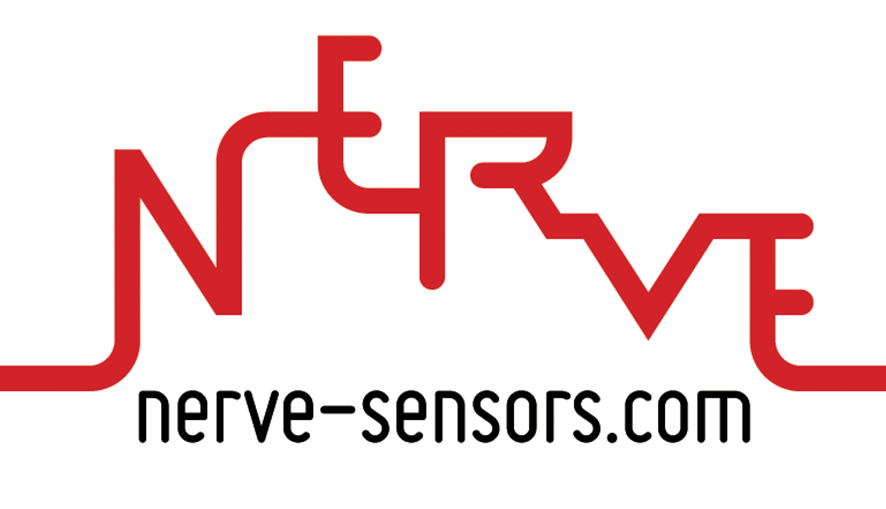Anchorage zone in a 57-year-old concrete girder: strain and crack detection
Ageing infrastructure is a growing problem in many countries, making it a challenge to take optimal decisions for their further safe operation. Therefore, effective diagnostic solutions are being sought, enabling reliable technical condition assessments. The case study presents the results of static and dynamic DFOS strain measurements of a 57-year-old girder dismantled from one of the production halls. Nerve-Sensors were successfully applied for this purpose.
DFOS Sensors Installed: Optical fibre in acrylate coating
Project challenges
Benefits of using the DFOS monitoring system
Results of using the DFOS monitoring system
DFOS sensors were glued to the upper surface of the girder using two-component epoxy to monitor strains within the anchorage zone (along longitudinal and transverse sections at the same time). With high-spatial-resolution strain measurements, the transmission length of the tendon – related to the quality of cement injection – was analyzed in exceptional detail. Measurements were conducted in both static and dynamic (high-frequency) modes as one of the tendons was cut. Additionally, this approach enabled the detection of existing microcracks and estimation of their widths. The tests demonstrated the significant potential of DFOS technology for assessing existing prestressed concrete structures.
Technical specifications
Example results
Recomendations (optional)
Lorem ipsum dolor sit amet, consectetur adipiscing elit, sed do eiusmod tempor incididunt ut labore et dolore magna aliqua. Ut enim ad minim veniam, quis nostrud exercitation ullamco laboris nisi ut aliquip ex ea commodo consequat.
John Doe
Project partner









